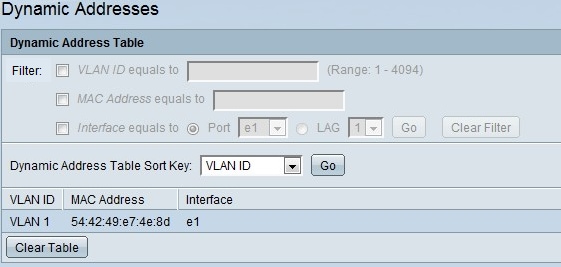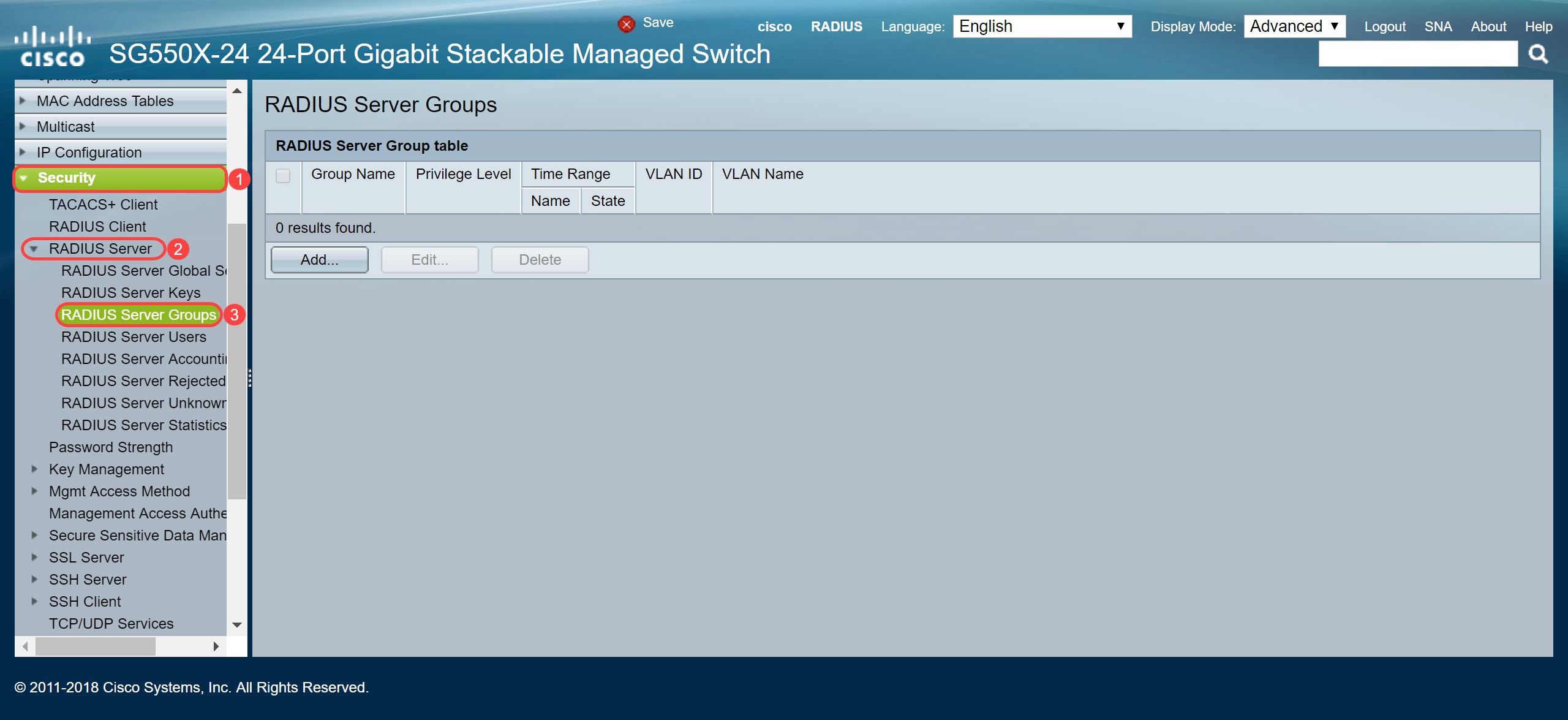
#Cisco mac address format mac
Only ports which have a device connected and active will show the mac address detail. With the above command, one can figure out which Mac address is on which port of catalyst switch.

Switch# show mac-address-table | include 0009.aabb.06e9 Or if you know the mac address and want to know which port the mac address is coming from, use the following command Switch# show mac-address-table | include Fa0/5 If you know the switch port you can use the following command Only ports which have the device connected and active will show the mac address detail.

mac address of the connected device) and port number. The mac address or CAM table shows the Vlan associated with the port, MAC being learned on the port (i.e. With the command, you can figure out which MAC address is on which port. In that case you must repeat this process separately for each VLAN by adding to SNMP community string where “n” is the VLAN ID.Total Mac Addresses for this criterion: 5 Important Note: This process may need to be adjusted if “per-VLAN” SNMP Contexts being used. The value of the corresponding instance of dot1dTpFdbAddress is also the value of an existing instance of dot1dStaticAddress. The corresponding instance of dot1dTpFdbPort indicates which of the bridge’s ports have this address. The value of the corresponding instance of dot1dTpFdbAddress represents one of the bridge’s addresses. Wild card masks specify which hexadecimal digits of the MAC address are used and which hexadecimal digits are ignored. The value of the corresponding instance of dot1dTpFdbPort was learned and is being used. A wildcard mask parameter has been introduced for extended ACLs and ACL6s and is used with the source MAC address parameter to define a range of MAC addresses to be match against the source MAC address of incoming packets. This entry is no longer valid (e.g., it was learned but has since aged out), but has not yet been flushed from the table. Is being used to determine if and how frames addressed to the value of the corresponding instance of dot1dTpFdbAddress are being forwarded. This would include the case where some other MIB object (not the corresponding instance of dot1dTpFdbPort, nor an entry in the dot1dStaticTable)
#Cisco mac address format code
You need to use to match ifIndex value to MAC Address.Īnd finally, to get a Status code to each MAC address perform SNMP Get-Bulk Request for 1.3.6.1.2.1.17.4.3.1.3 Values returned represent IfIndex values for corresponding Interfaces associated with each MAC Address. To get list of associated Ports for each MAC address perform SNMP Get-Bulk request for “.1.3.6.1.2.1.17.4.3.1.2” If we take Decimal and convert to HEX, we will get 0:50:56:9C:45:71

If we take ASCII text (PVEq) and convert to HEX, we will get 50:56:9C:45:71

Notice that actual MAC Addresses returned look like some garbage characters but those are actually MAC address in ASCII format that needs to be converted to HEX to get a conventional xx:xx:xx:xx:xx:xx style. Here is the Example of output from our LAB Switch: To get list of MAC address perform SNMP Get-Bulk request for “.1.3.6.1.2.1.17.4.3.1.1” One of the ways to get list of MAC addresses from the forwarding table of Cisco switch is via SNMP MIB: dot1dTpFdbEntryġ.3.6.1.2.1.17.4.3.1.1 ( dot1dTpFdbAddress)ġ.3.6.1.2.1.17.4.3.1.3 ( dot1dTpFdbStatus)ġ.3.6.1.2.1.17.4.3.1.1 ( dot1dTpFdbAddress) contain list of MAC addresses in Binary formatġ.3.6.1.2.1.17.4.3.1.2 ( dot1dTpFdbPort) contain IfIndex value of the interface associated with each MAC Addressġ.3.6.1.2.1.17.4.3.1.3 ( dot1dTpFdbStatus) contain Status code which gives information how each MAC was learned by the switch.
#Cisco mac address format how to
How to collect list of MAC addresses from Cisco Switch via SNMP (dot1dTpFdbEntry)


 0 kommentar(er)
0 kommentar(er)
